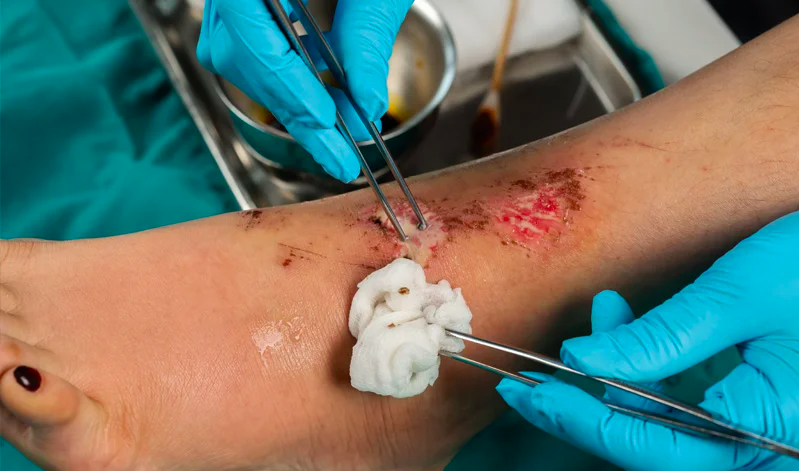Step to Work | Personal wellbeing at work



Personal wellbeing at work
By the end of the session you should be able to:
- use self-care practices to help overcome negative impacts that challenging days at work have on us
- promote health and wellbeing
Document your answers to the following task in the worksheet. The exercise should take about 5 to 10 minutes to complete.
2a task: how do you cope with a challenging day?
What does a challenging day at work look like for you? What impacts does this have on you? What do you do to cope with those impacts?
This exercise prompts you to reflect on the self-care practices you have used in the past, what you find helpful, and to consider what other practices you might find beneficial to try in the future.
Note down brief answers to the following questions, to be discussed with a colleague, preceptor, mentor or someone you have studied with.
- What kinds of situations at work do you tend to find challenging?
- What factors are involved? Are they internal or external?
- What effects can a challenging day at work have on your health and wellbeing?
- What self-care practices do you use to cope when you have experienced challenging days at work?
- How effective are these practices? Are there any self-care practices that you use that might be negatively impacting your health and wellbeing in the long term?
- What self-care practices might you like to try in the future?
Document your answers to the following reflection in the worksheet. The exercise should take about 10 to 15 minutes to complete.
2b reflection: self-care practices
Share with a colleague, mentor, preceptor or someone you have studied with the self-care practices that you use already and those you would like to try in the future.
Summary
- There are different aspects of personal and health wellbeing including physical, mental and lifestyle.
- Sleeping well, staying hydrated and taking time out for yourself are useful self-care practices.
- One size does not fit all regarding self-care practice. It’s important to find what works well for you.
- Anaesthesia Fundamentals | Physiology | Physiology...
- Posted By eIntegrity Healthcare e-Learning
- Posted Date: 2024-11-26
- Location:Online
- This session covers the physiology of exercise including the role of cardiopulmonary exercise (CPX) testing.
- Anaesthesia | Paediatrics | Appendicectomy and Lap...
- Posted By eIntegrity Healthcare e-Learning
- Posted Date: 2024-11-26
- Location:Online
- This session explains the key components relevant to the anaesthetist in the perioperative management of a child undergoing urgent appendicectomy and laparotomy.
- Anaesthesia | Paediatrics | Postoperative Fluid Ma...
- Posted By eIntegrity Healthcare e-Learning
- Posted Date: 2024-11-26
- Location:Online
- This session describes postoperative fluid management in children and the clinical response to specific conditions which may arise.
- Anaesthesia | Paediatrics | Anaesthesia for a Chi...
- Posted By eIntegrity Healthcare e-Learning
- Posted Date: 2024-11-26
- Location:Online
- This session will outline the principles of anaesthesia for children with cerebral palsy presenting for elective surgery. It will cover how the severity of cerebral palsy directly affects the techniques chosen
- Anaesthesia | Paediatrics | Monitoring and Titrati...
- Posted By eIntegrity Healthcare e-Learning
- Posted Date: 2024-11-26
- Location:Online
- The aim of this session is to put your theoretical knowledge to practical use, by working through a series of scenarios relating to fluid management in children.
